
Resources on a Nature-Positive Economy
Explore these resources to discover the vision and potential of a nature-positive economy.
Reports
-

Concept Note: Framing the Nature-Positive Economy
Published: October 2025 | Language: English | Available in Zenodo
-
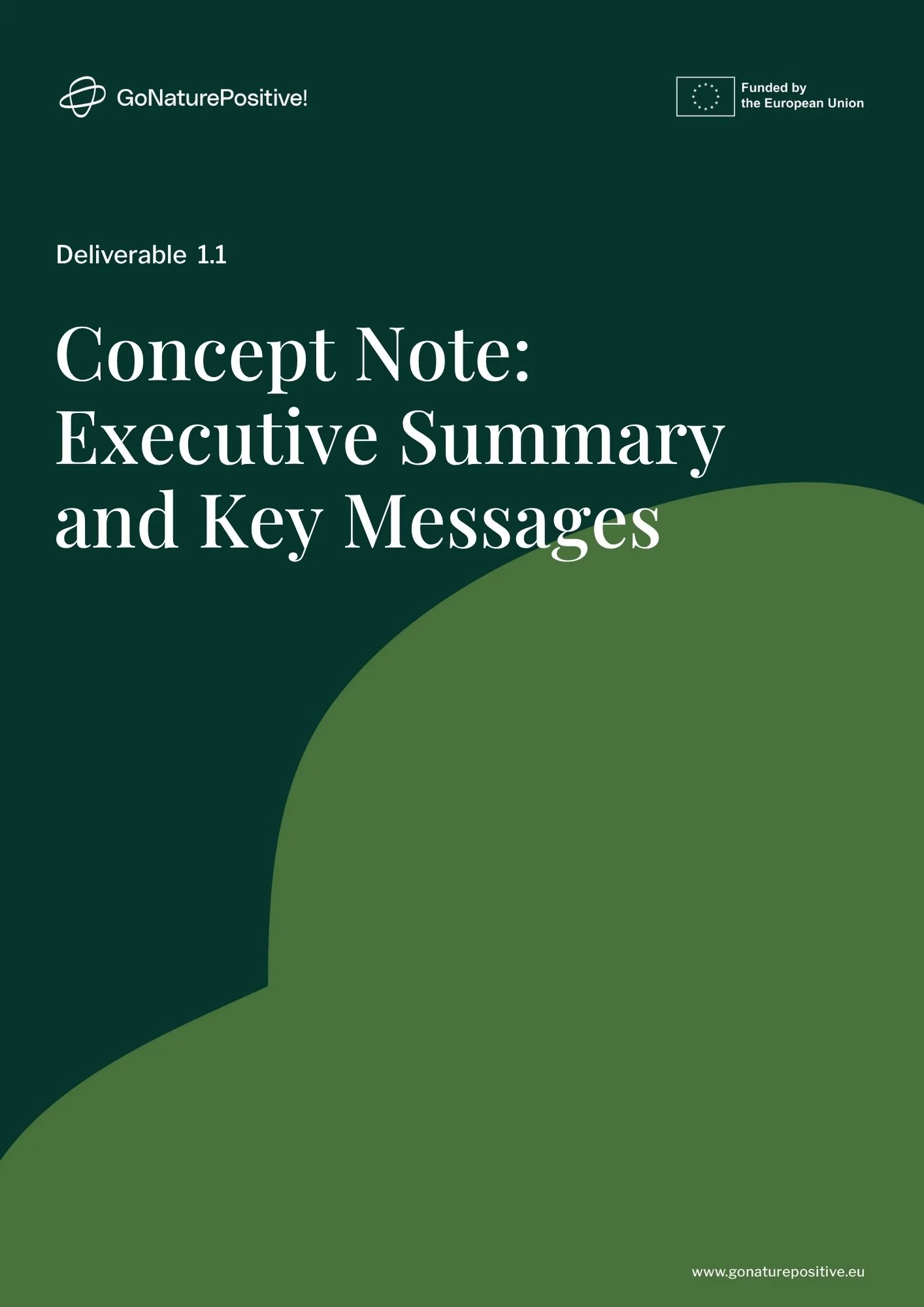
Concept Note: Key Messages and Executive Summary
Published: November 2025 | Language: English | Available in Zenodo
-

Mapping policy and co-operative initiative landscapes for systemic change towards a Nature-Positive Economy
Published: April 2025 | Language: English | Avaliable in Zenodo
Sectoral Briefs
-

Sectoral Brief: Agrifood Systems
Published: April 2025 | Language: English | Available in Zenodo
-
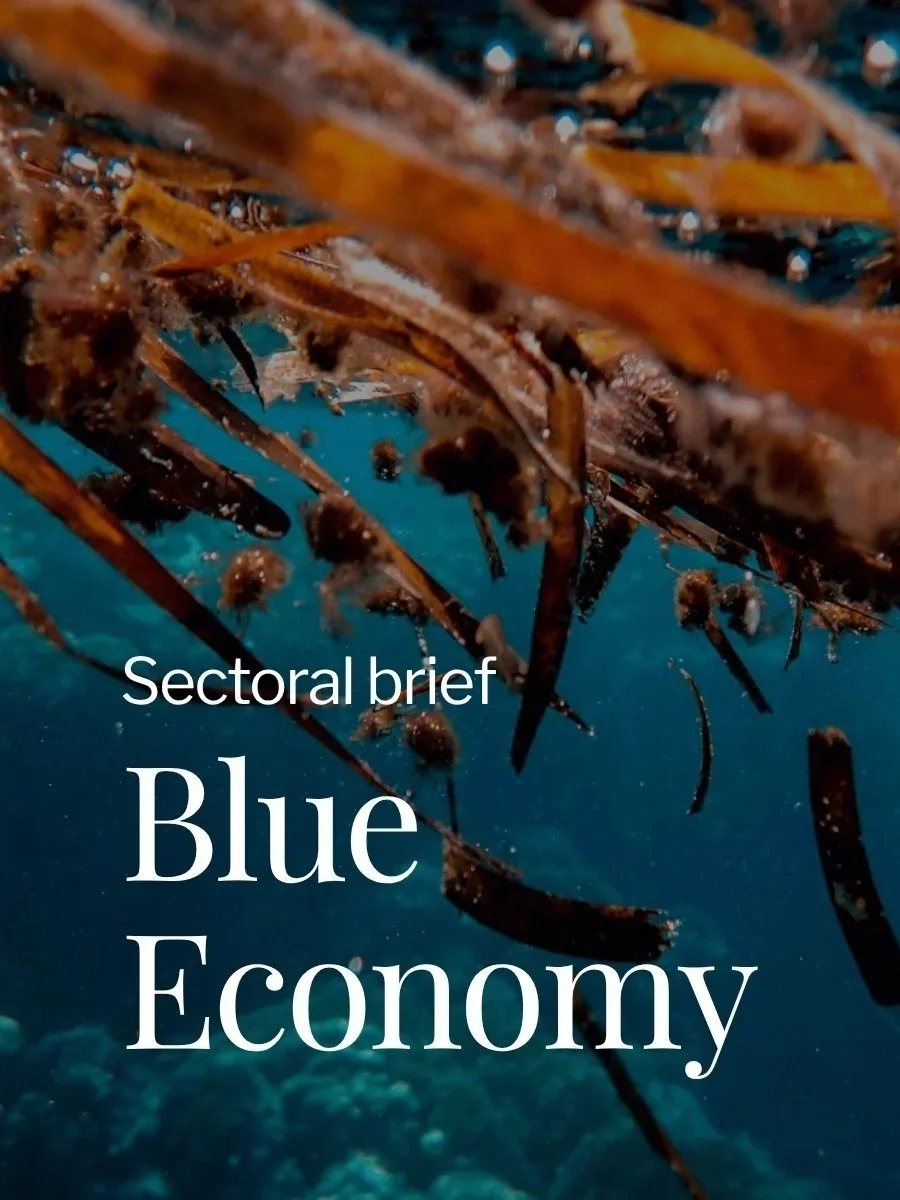
Sectoral Brief: Blue Economy
Published: April 2025 | Language: English | Avaliable in Zenodo
-
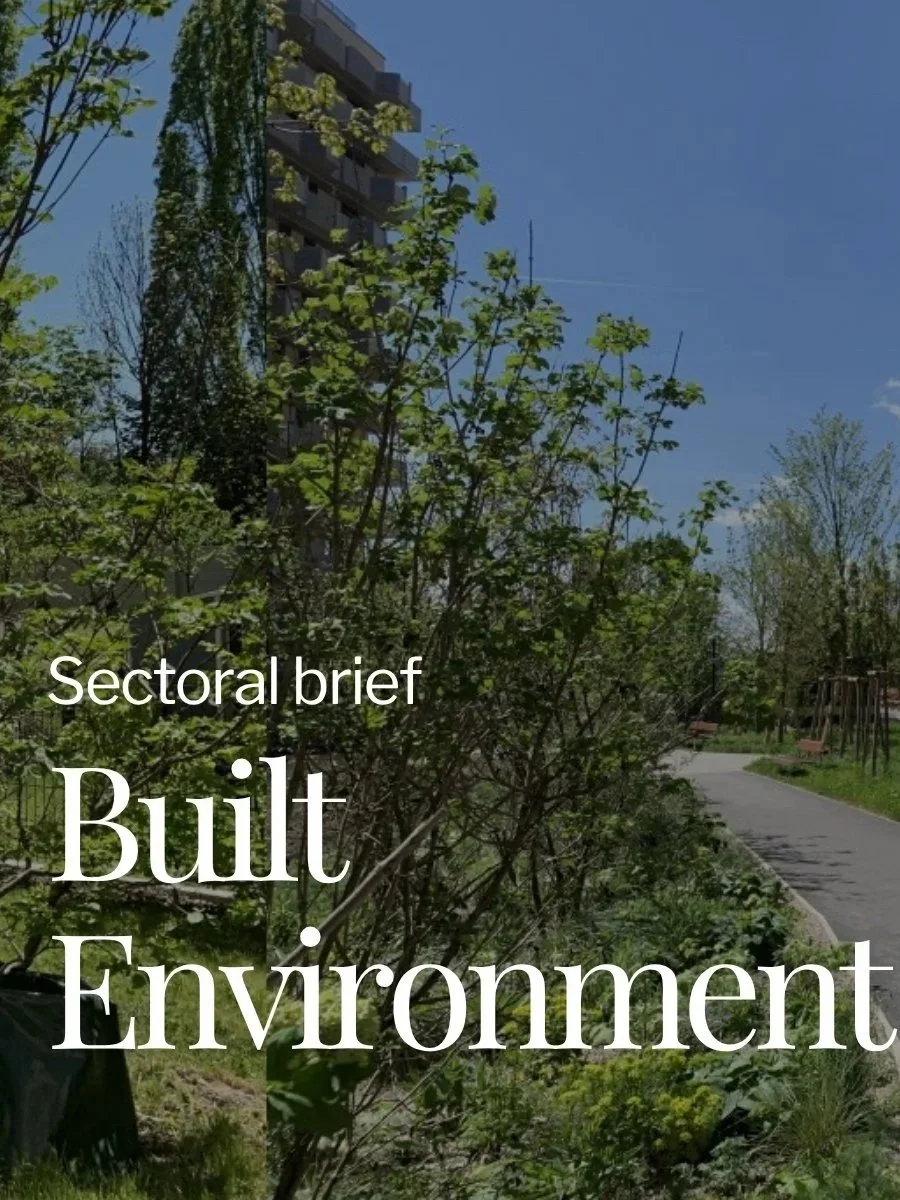
Sectoral Brief: Built Environment
Published: April 2025 | Language: English | Available in Zenodo
-

Sectoral Brief: Forestry
Published: April 2025 | Languages: English | Available in Zenodo
-

Sectoral Brief: Tourism
Published: April 2025 | Language: English | Available in Zenodo
Videos
-

Webinar Mapping policies and private sector initiatives for a nature positive economy
26 June 2025 | Webinar organised by Ecologic Institute with the support of the University of Oxford, ICLEI Europe, Felicidad Collective and Trinity College Dublin.
Documents for the stakeholder consultation, October 2024
-
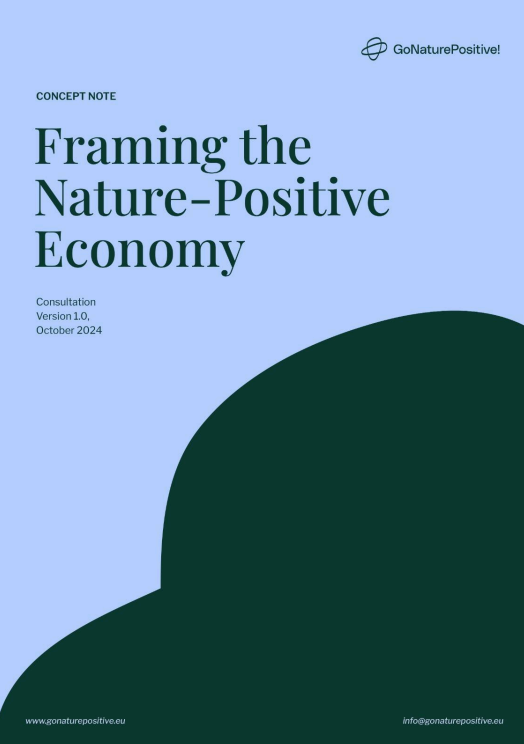
Concept Note: Framing the Nature-Positive Economy
Version 1 for public consultation | Published: October 2024 | Language: English | Available in Zenodo
-
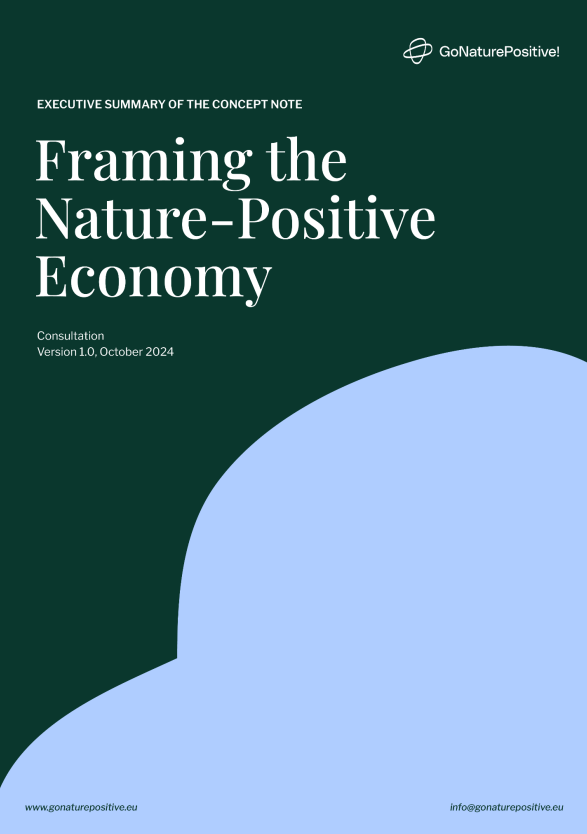
-

One pager: 5 key messages about a Nature-Positive Economy
Published: October 2024 | Language: English, Spanish, Portuguese, Italian, German, Dutch
-
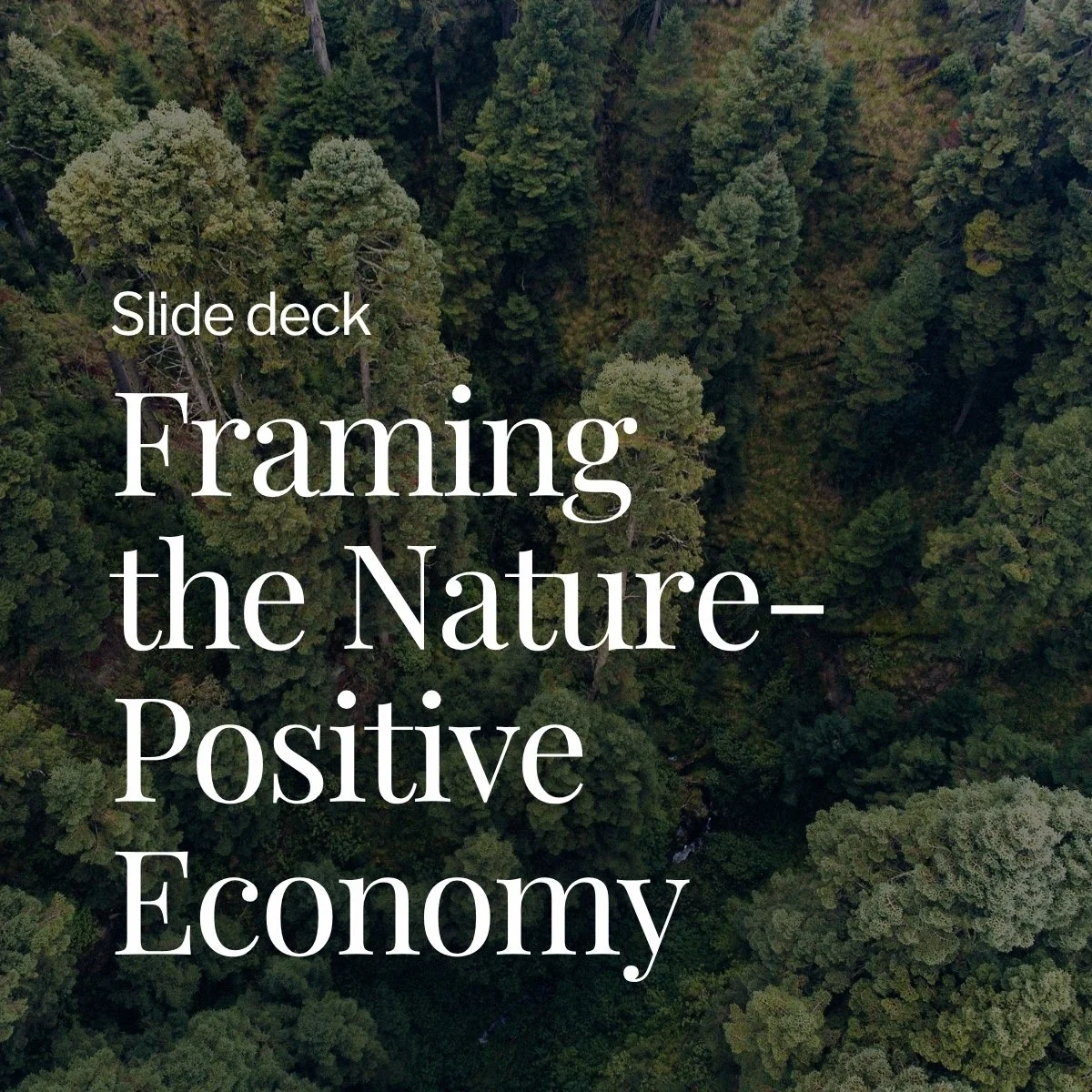
Slide Deck: Concept Note
Published: October 2024 | Language: English, Spanish, Portuguese, Italian, German, Dutch
